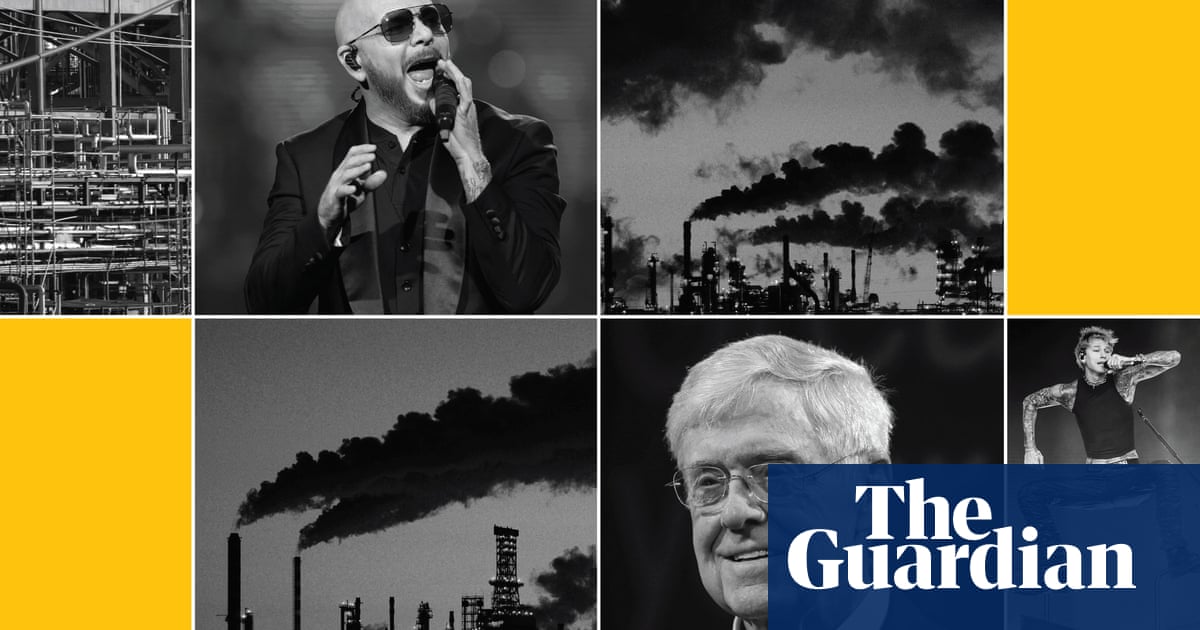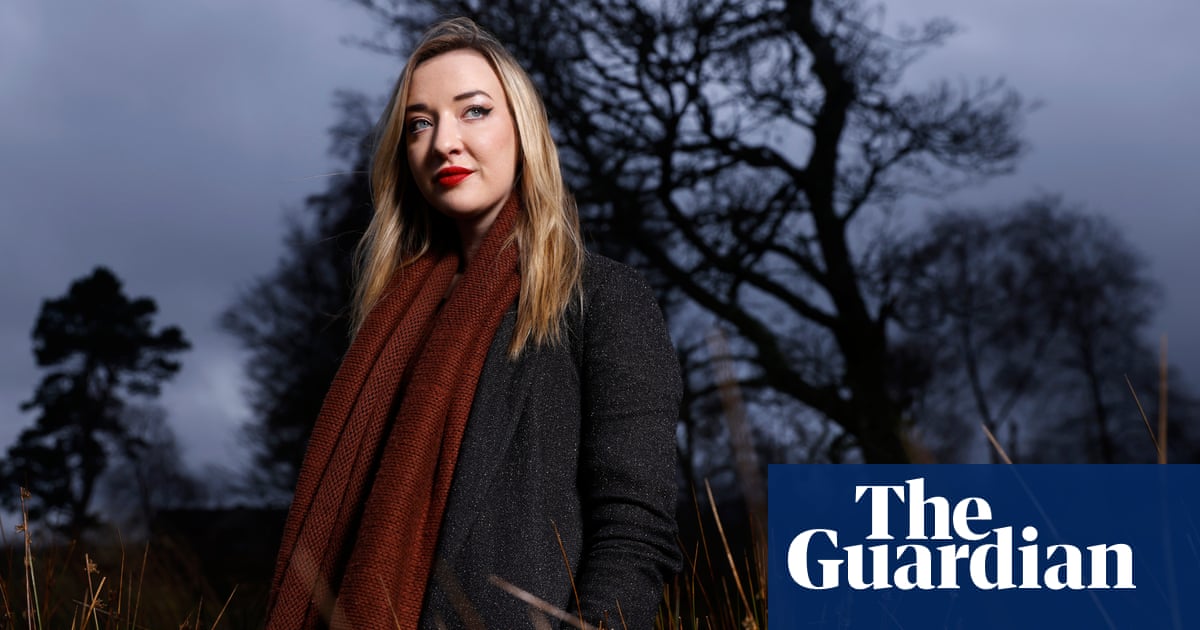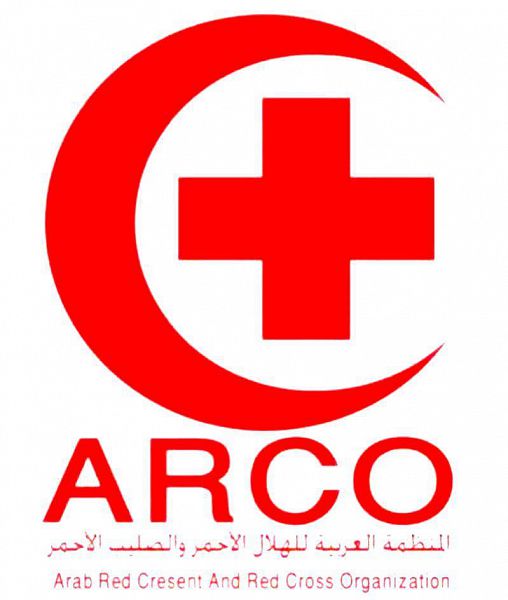
or millions of people, the current situation feels entirely new. For John Carlin, it feels eerily familiar. Three decades ago, when the Aids pandemic was at its deadly peak in the west, he created the Red Hot Organization, the first, and only ongoing, major album series to benefit the fight against the disease. “Back then, it was a lot like it is now,” he said. “Suddenly, the world changed.”
There’s an equally strong echo in the urgency to encourage people to use certain forms of protection. “In the 80s and 90s, we tried to change people’s behavior around condoms,” said Carlin. “The same thing needs to be done with masks today.”
Such clear parallels provided a dramatic incentive for Carlin to create a new series of Red Hot reissues, which he is announcing today to mark the 30th anniversary of his organization’s debut release, titled Red Hot + Blue. Starting next month, some of the organization’s most important and popular albums will be available on Spotify and other streaming services for the first time. Some will feature added remixes. Then, later this fall will bring a new, all-star collection of dance-oriented songs, along with several fresh EPs. These new releases will fatten the already bulky discography Red Hot has amassed, including twenty albums that, together, feature over 500 artists.
But it’s not just the depth and the duration of the organization’s catalogue that makes Red Hot historic. Unlike many benefit album projects, which randomly toss together cast-off tracks from the usual group of big-name bleeding-hearts, the Red Hot sets have always mixed marquee name western stars – like Madonna, U2 and Annie Lennox - with important artists from Africa (like Cheikh Lo and Manu Dibango), Latin America (Marisa Monte, Milton Nascimento) and beyond. More, Red Hot has made it a mission to forge innovative cross-fertilizations between genres and regions, mixing, say, bossa nova with electronica, or Afrobeat with the fado. Casting the artists for the albums, said Carlin, is “like curating an exhibition. It’s an art.”
It’s also a struggle, and a considerable one given the ongoing ravages of Aids and the lack of proportional media attention. According to UNAids, nearly 700,000 people died from Aids-related illnesses in 2019, without inspiring much coverage. On the other hand, the story of Red Hot’s start, which dates back to the 80s, when Aids overwhelmingly affected gay men, highlights a level of overt homophobia that now feels antique.
When Carlin conceived the project in 1989, the music industry had only made fitful efforts to battle Aids. 1985 saw the giant Grammy-winning benefit smash single That’s What Friends Are For, which featured stars like Elton John, Stevie Wonder and Dionne Warwick singing for the cause. But, Carlin said, “not a lot else had been done at the time. Given that this is an industry that sells sex to young people, I felt it had a moral responsibility to do more.”
He had a personal motivation for wanting to change things. Carlin started his career writing about the thriving downtown New York art scene of the 80s, while curating shows at venues like the Whitney Museum. In the process, he became close friends with artists like Keith Haring and David Wojnarowicz, both of whom were infected at the time. (They each died in the early 90s.) “I was inspired by how they used their art to become activists for social change,” Carlin said.
At the same time, he had a lucrative day job as an entertainment lawyer at a big firm, so he had both the resources and the connections to, potentially, make his dream benefit project come true. The urgency for it was particularly intense within the urban gay world he knew well. That milieu helped inspire Carlin to use songs of Cole Porter as the organizing theme for his first project. “Clearly, Cole Porter’s music was pushing the boundaries and he was also a closeted gay man,” he said.
Of course, as a novice with an untested project, Carlin faced great difficulty in getting the first artist involved, but he managed to land a big one: David Byrne. It helped that Byrne had a personal connection. His sister-in-law, the jewelry designer Tina Chow, was HIV positive. (In 1992, she died of the disease). With Byrne and a righteous cause as his currency, Carlin was able to cast some of the few “out” pop stars of the day, including kd Lang and Jimmy Somerville, as well as artists like Sinead O’Connor, Tom Waits and Salif Keita. He encouraged them all to use the Porter catalogue as mere jumping off points, the better to move the songs out of the world of musty cabaret and onto the cutting edge. Inspired by that mandate, U2 broke their own mold with their cover of Night and Day, venturing into electronic music before they began to do so on their own albums. Likewise, Debbie Harry and Iggy Pop added their own irreverent lyrics to Well, Did You Evah?, originally made famous by Frank Sinatra and Bing Crosby. But the most audacious track was the single, Neneh Cherry’s version of I Got You Under My Skin. She transformed it into an undulating, trip-hop fantasia, contrasting her deeply sensual music with cautionary new lyrics that detailed the story of a heroin addict named Mary. The result connected, helping the album move more than 1 million copies, which resulted in a donation of nearly $1m to the activist group Act Up.
To promote the album, Carlin worked with film-maker Leigh Blake, who helped convince top directors like Wim Wenders, Jonathan Demme, and Jean-Baptiste Mondino to make clips for the songs on the set. Their work formed the backbone of a successful UK TV special Channel 4. But when it came time to air a version in the US on ABC, Carlin encountered clear examples of homophobia and ignorance. He said the producers acted like the show was just a breezy salute to Porter, rather than a political and social statement about the Aids crisis. He had to fight them at every step on that issue. In one instance, the producers wanted to cut scenes from the Sinead O’Connor video that showed two women dancing. “They said, ‘it’s advocating lesbianism,” Carlin recalls. “I said, ‘What’s wrong with that?’
He also said there was blatant racism expressed towards a hip hop group in the show, The Jungle Brothers. “They kept calling them The Jungle Bunnies,” he said. “Maybe once is a slip. But after that, you’ve just revealed your feelings.”
To his rescue came the show’s host, Richard Gere. After Carlin told him about all the trouble he was having in keeping the show on message, the actor “told the powers that be, ‘I’m going to walk off unless I can read exactly what Carlin writes for me,’” he recalled.
Another example of homophobia came from, of all places, Cole Porter’s estate. Carlin says he had to assure them that nothing in the project’s promotional material would mention Porter’s sexual orientation. At the same time, an amusing incident at a promotional party for the album spoke directly to that issue. An older, dapper man approached Carlin at the event and announced himself as Porter’s former “valet”. Carlin sensed that his description was code, so he asked him about his true function. “The man winked and said, ‘I was the person who used to go into town and find attractive boys and bring them back to the house,’” Carlin recalled, with a laugh.
The issue of closeted gay men came into play again with the organization’s second project, Red Hot + Dance, a 1992 album meant to reach the younger club kid crowd. George Michael, who wasn’t yet out about his sexuality, wanted to make a statement by donating three exclusive tracks to the album. But his record company, Columbia, strongly objected because they wanted to use the tracks for their own Michael project. In a phone conversation between Columbia executive Donnie Ienner and the singer’s manager that later become infamous, it has been alleged that the executive angrily called the singer a “faggot.” Ienner has often refuted the story, most recently to Billboard magazine, saying it’s “a silly accusation, and it’s untrue.” Carlin, however, says he was listening in on the phone call and clearly recalls him using the word. Regardless, Red Hot wound up with the tracks, including Too Funky, which became a top five hit in the UK and a top 10 smash in America.
After Red Hot + Country bombed (which, despite featuring Dolly Parton, Carlin said country radio refused to play because it was an Aids benefit “pure and simple”) and Stolen Moments: Red Hot + Cool gained acclaim (the hip-hop entry was named Time magazine’s album of the year) Carlin began to expand its scope. There were compilations in Brazil (including tributes to bossa nova and samba), Africa (organized around the music of Fela), and all those countries that speak Portuguese, from Goa to Cape Verde. At the same time, they didn’t abandon the west, evidenced by one of their most financially successful projects, Dark Was the Night, which in 2009 skimmed the cream of modern alternative music stars like Bon Iver, Sufjan Stevens and Cat Power. The most recent Red Hot release, Day of the Dead released in 2016, featured covers of 59 Grateful Dead songs by everyone from The National (who oversaw the project) to Lucinda Williams.
The forthcoming Red Hot EPs will stake out two new territories – Taiwan, with songs that address marriage equality in south-east Asia, and Nigeria, with music created by young female musicians who will address Aids and violence against women there. Of course, it’s a far bigger challenge to raise money with music in today’s age of streaming than it was in the era of CDs. But Carlin asserts that he has always viewed Red Hot more as a vehicle to raise awareness than funds. In that regard, it frustrates him that Aids gets relatively little attention these days. He’s upset, too, about the unlearned lessons from the earlier pandemic amid the current one. Yet, he still believes in Red Hot’s essential strategy, which harnesses music’s unique ability to relay a message.
“Music preaches to the unconverted,” he said. “It provides a way to reach people beyond your own community to help create real change.”












